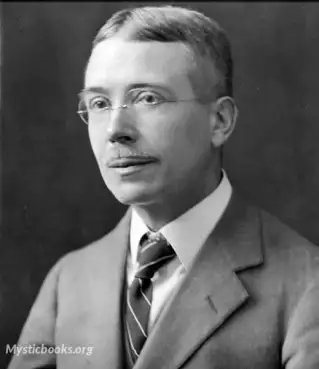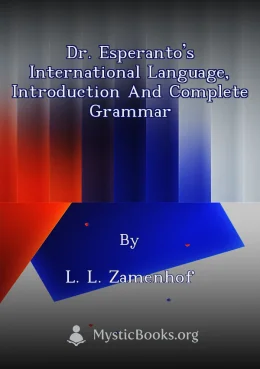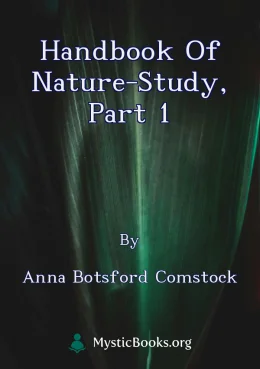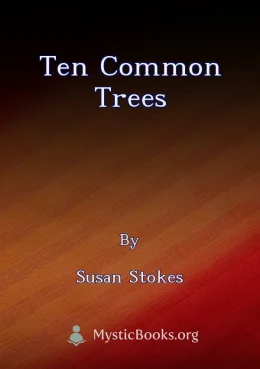
The Elements of Style
'The Elements of Style' Summary
Strunk concentrated on the cultivation of good writing and composition; the original 1918 edition exhorted writers to "omit needless words", use the active voice, and employ parallelism appropriately.
The 1959 edition features White's expansions of preliminary sections, the "Introduction" essay (derived from his magazine feature story about Prof. Strunk), and the concluding chapter, "An Approach to Style", a broader, prescriptive guide to writing in English. He also produced the second (1972) and third (1979) editions of The Elements of Style, by which time the book's length had extended to 85 pages.
The third edition of The Elements of Style (1979) features 54 points: a list of common word-usage errors; 11 rules of punctuation and grammar; 11 principles of writing; 11 matters of form; and, in Chapter V, 21 reminders for better style. The final reminder, the 21st, "Prefer the standard to the offbeat", is thematically integral to the subject of The Elements of Style, yet does stand as a discrete essay about writing lucid prose. To write well, White advises writers to have the proper mind-set, that they write to please themselves, and that they aim for "one moment of felicity", a phrase by Robert Louis Stevenson. Thus Strunk's 1918 recommendation:
Vigorous writing is concise. A sentence should contain no unnecessary words, a paragraph no unnecessary sentences, for the same reason that a drawing should have no unnecessary lines and a machine no unnecessary parts. This requires not that the writer make all his sentences short, or that he avoid all detail and treat his subjects only in outline, but that he make every word tell.
— "Elementary Principles of Composition", The Elements of Style
Strunk Jr. no longer has a comma in his name in the 1979 and later editions, due to the modernized style recommendation about punctuating such names.
The fourth edition of The Elements of Style (2000), published 54 years after Strunk's death, omits his stylistic advice about masculine pronouns: "unless the antecedent is or must be feminine". In its place, the following sentence has been added: "many writers find the use of the generic he or his to rename indefinite antecedents limiting or offensive." Further, the re-titled entry "They. He or She", in Chapter IV: Misused Words and Expressions, advises the writer to avoid an "unintentional emphasis on the masculine".
Components new to the fourth edition include a foreword by Roger Angell, stepson of E. B. White, an afterword by the American cultural commentator Charles Osgood, a glossary, and an index. Five years later, the fourth edition text was re-published as The Elements of Style Illustrated (2005), with illustrations by the designer Maira Kalman. This edition excludes the afterword by Osgood and restores the first edition chapter on spelling.
Book Details
Language
EnglishOriginal Language
EnglishPublished In
1918Authors

William Strunk
United States
William Strunk Jr. was an American professor of English at Cornell University and author of The Elements of Style (1918). After revision and enlargement by his former student E. B. White, it became a...
Books by William StrunkDownload eBooks
Listen/Download Audiobook
- Select Speed
Related books

Dr. Esperanto’s International Language, Introduction and Complete Grammar by L. L. Zamenhof
In July 1887, Esperanto made its debut as a 40-page pamphlet from Warsaw, published in Russian, Polish, French and German: all written by a Polish eye...

純情小曲集 (Junjyoshokyokusyu) by Sakutarō Hagiwara
『純情小曲集』は、萩原朔太郎の第4詩集で、文語調自由詩28編を収録しています。前半の18編は愛憐詩篇で、作者が自由詩を始めた初期の作風が見られます。後半の1...

Handbook of Nature-Study, Part 1 by Anna Botsford Comstock
Comstock's *Handbook of Nature-Study* is a comprehensive guide for teachers and educators seeking to integrate the natural world into their classrooms...

Ten Common Trees by Susan Stokes
'Ten Common Trees' provides a simple and engaging introduction to the diverse world of trees found in North America. Designed specifically for young r...

Dr. Benjamin Rush, A Memorial by Dr. Benjamin Rush
Dr. Benjamin Rush's autobiography, penned by himself, provides a unique and intimate glimpse into the life and times of a prominent figure in American...

Rousseau and Education According to Nature by Thomas Davidson
In my Volume on Aristotle in this series, I tried to give an account of ancient, classical, and social Education; in the present volume I have endeavo...

Calculus Made Easy by Silvanus P. Thompson
'Calculus Made Easy' is a classic introduction to calculus written in a clear and accessible style. The book's strength lies in its focus on simplifyi...

Kleine Katechismus by Martin Luther
Der Kleine Katechismus ist eine kurze Schrift, die Martin Luther 1529 verfasst hat. Er hat in den lutherischen Kirchen Bekenntnis- und Lehrcharakter;...

אסופת מסות ומאמרים Selection of Essays and Articles by אליעזר בן־יהודה Eliezer Ben-Yehuda
This book is a collection of essays and articles by Eliezer Ben-Yehuda, a pivotal figure in the revitalization of Hebrew as a spoken language. The ar...

Instituciones Oratorias VIII by Marcus Fabius Quintilianus
This book is a treatise on oratory by the Roman rhetorician Marcus Fabius Quintilianus. It is divided into twelve books, which cover the following top...
Reviews for The Elements of Style
No reviews posted or approved, yet...